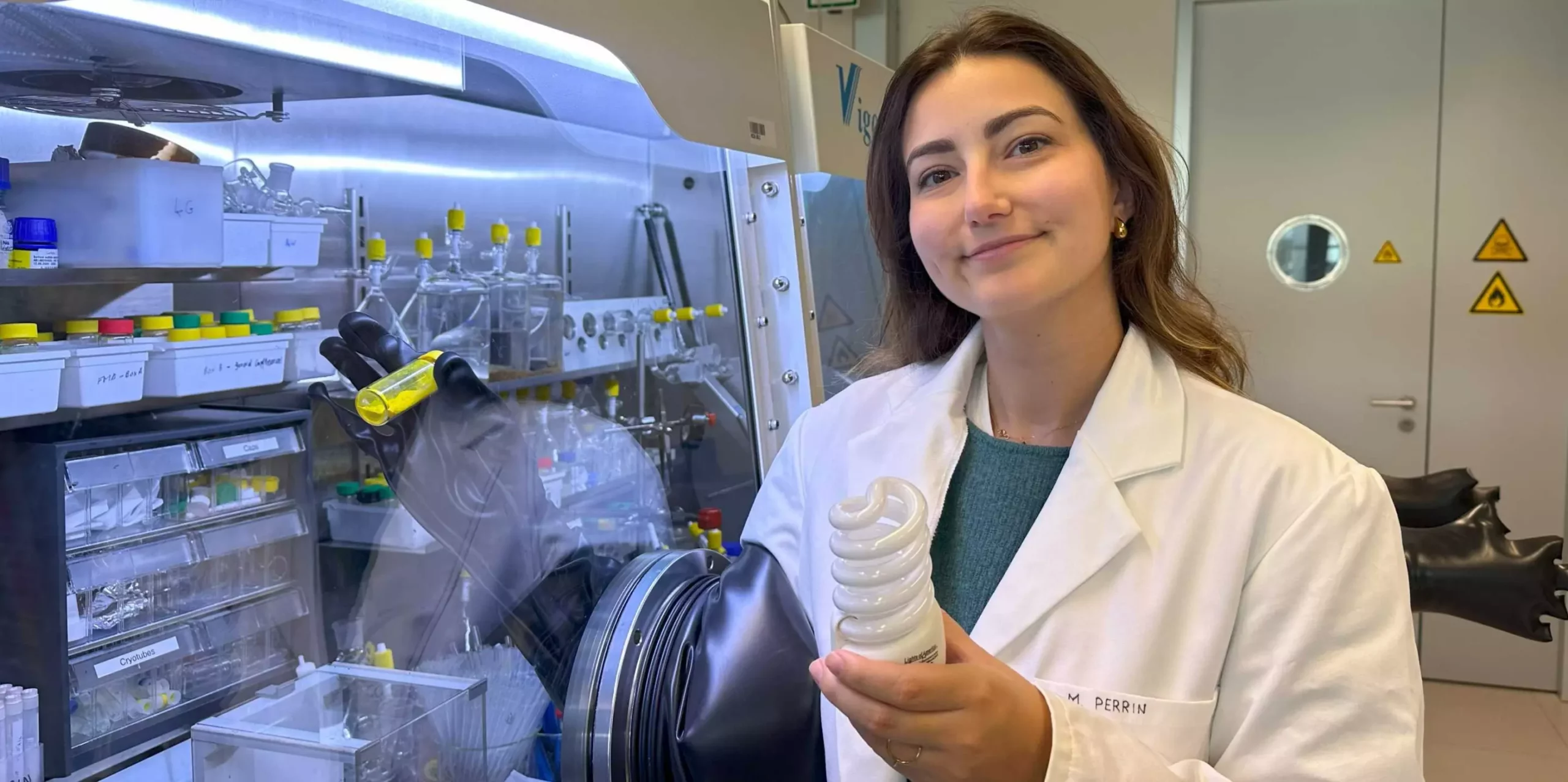Rare earth metals, a term that often conjures images of something prized and elusive, are not as rare as one might think. Though they are relatively abundant in the earth’s crust, the complexities involved in extracting and refining these precious materials render them critical for our modern economy. Comprising 17 distinct elements, rare earth metals are foundational to various vital technologies—smartphones, electric vehicles, wind turbines, and the renewable energy sector. Their importance is magnified given that Europe has become nearly entirely dependent on imports, predominantly from China, making their sourcing and sustainability pressing concerns for the continent and the world at large.
With increasing reliance on technology for daily functioning, our demand for rare earth elements (REEs) is soaring. Consequently, the need to secure a sustainable, ethical, and environmentally responsible access to these metals couldn’t be more pronounced. However, our current extraction methods are fraught with challenges—not only are they resource-intensive, but they also have a considerable ecological footprint. Traditional techniques often require multiple phases of separation, each steeped in harmful chemicals that strip away the earth’s resources while polluting our environment.
The Environmental Costs of Extraction
The extraction of these metals is a laborious process that involves separating the chemically similar REEs from one another, a task complicated by their close affinities. As Professor Victor Mougel from ETH Zurich articulates, this multi-step process often results in significant waste, energy consumption, and pollution—factors that make the pursuit of sustainable methods paramount. Presently, recycling rates for rare earth metals in Europe hover below one percent, an alarming statistic that underscores not just inefficiency but also missed opportunities for sustainability.
As increasing quantities of electronic waste accumulate, a viable solution lies in repurposing these discarded materials as new sources for rare earth metals. Nonetheless, the path to revitalizing this potential has been obstructed by outdated and inefficient recycling practices. With the growing stream of electronic waste—particularly from devices such as fluorescent lamps—it’s imperative that innovative solutions emerge to reclaim these valuable materials efficiently.
An Innovative Breakthrough in Separation Technology
An exciting development led by Mougel’s research team offers hope in this regard. They have devised a novel methodology that capitalizes on the properties of tetrathiometallates—small inorganic molecules that exhibit unique characteristics conducive to metal separation. Traditionally reliant on lengthy and cumbersome extraction processes, the innovation showcased in their study published in *Nature Communications* illustrates a remarkable shift. Their approach facilitates the efficient separation and recovery of europium—an essential rare earth metal—using only a few simple steps. This technique not only reduces processing time but also increases yield by a staggering fifty-fold compared to established methods.
The ingenuity of their approach is rooted in its biological inspiration; tetrathiometallates play a crucial role in natural enzymes, where they assist in binding metals pivotal for fundamental biochemical reactions. The researchers effectively adapt this natural mechanism, employing these compounds to reduce europium into a more manageable divalent state, allowing for straightforward separation from its trivalent counterparts. Such a leap in methodology dramatically alters the economic landscape of rare earth recovery, paving the way for more accessible recycling practices that can reclaim valuable elements from waste streams.
Transforming Waste into Urban Mines
The potential to transform electronic waste into a treasure trove for rare earth metals is already visible. In countries like Switzerland, where discarded fluorescent lamps represent a significant source of europium, a shift towards local recycling operations could dramatically lessen dependence on imports. Rather than sending lamp waste abroad for disposal, the country could capitalize on it as an urban mine, thereby contributing to a circular economy that values resource reuse and environmental stewardship.
The decline in demand for europium—historically used as phosphor in lighting technologies—highlights the need for innovation in recycling methods that cater to contemporary market conditions. Improving the efficiency and economics of separation processes not only aligns with environmental goals but also stabilizes supply chains, making nations less vulnerable to geopolitical shifts impacting rare earth metal imports.
Mougel’s team is currently patenting their revolutionary technology, paving the way to commercialize this breakthrough through the establishment of a startup named REEcover. If successful, their work could mark a significant turning point in how the world retrieves and utilizes rare earth metals, with implications reaching far beyond the Swiss borders.
Every step taken in optimizing metal recovery signifies an essential stride toward a more sustainable future—ensuring that these critical resources remain in circulation, accessible, and a part of a responsible economic framework. The focus is now squarely on adaptability in technology, pushing the boundaries of innovation to build a world less reliant on atmospheric extraction and more committed to the principles of recycling and sustainability.

